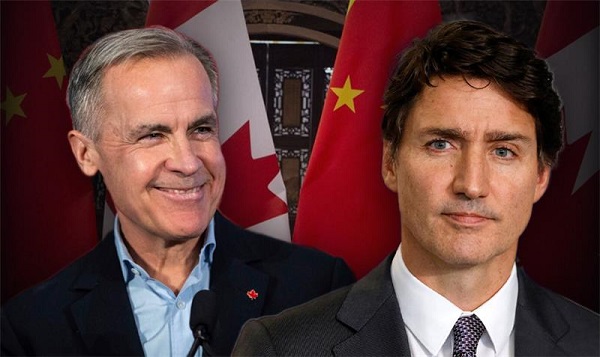Alberta
Don’t use Alberta’s Heritage Fund to pick ‘winners and losers’
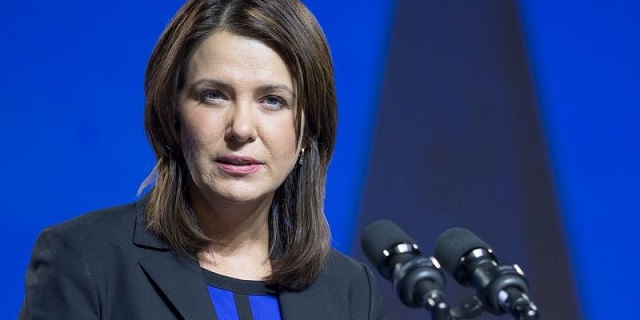
From the Fraser Institute
During the mid- to late-1990s, Alberta taxpayers lost more than $2 billion from these failed loans, guarantees and share purchases in major business projects.
Remember the old adage from the writer and philosopher George Santayana that “those who cannot remember the past are condemned to repeat it.”
At a recent Calgary Chamber of Commerce event, Premier Danielle Smith indicated the Alberta government is looking at using Heritage Fund assets “to assist in de-risking projects that were finding it difficult to get financing.” This signals a return to the Alberta government’s industrial policy of the 1970s and 1980s of being in the business of being in business and government picking “winners and losers” as Premier Klein famously said.
A remembrance of the past is in order, so we aren’t condemned to repeat it. Between 1973 and 1992, the Alberta government took a very active role in cultivating economic development. The approach was highly interventionist and involved direct financial assistance through direct loans (even ones issued though the Heritage Fund), loan guarantees and share purchases. The risks attached to these transactions, particularly in a highly cyclical and volatile economy such as Alberta, were significant, generally unknown at the outset, and largely open-ended.
Sure, there were some notable exceptions, but the high degree of risk of direct intervention in the private sector was illustrated by the fact that during the mid- to late-1990s, Alberta taxpayers lost more than $2 billion from these failed loans, guarantees and share purchases in major business projects.
Most notable were losses incurred on such high-profile business projects as Novatel Communications ($556.0 million), the Lloydminster Bi-provincial Upgrader ($392.5 million), the Millar Western Pulp Mill ($244.2 million), Gainers ($208.3 million), the Magnesium Company of Canada ($164.0 million) and the Alberta-Pacific Pulp Mills ($155.0 million).
The premier makes a valid point that financial markets may be averse to financing large business projects because of the risks associated with intrusive federal climate change policies and regulations. Thus, the argument is there’s a need for the provincial government to get involved in financing market failures in the capital markets.
However, from our remembrance of the past practises, raiding the Heritage Fund to pick “winners and losers” is the wrong prescription to solving this problem. Let’s use the tried and true policies of cutting taxes and streamlining regulations to attract more investment capital to Alberta to support business projects. And let’s focus on building a Heritage Fund of $250 billion to $400 billion that will help secure our province’s fiscal and economic future and the future for our children and grandchildren.
Author:
Alberta
Made in Alberta! Province makes it easier to support local products with Buy Local program

Show your Alberta side. Buy Local. |
When the going gets tough, Albertans stick together. That’s why Alberta’s government is launching a new campaign to benefit hard-working Albertans.
Global uncertainty is threatening the livelihoods of hard-working Alberta farmers, ranchers, processors and their families. The ‘Buy Local’ campaign, recently launched by Alberta’s government, encourages consumers to eat, drink and buy local to show our unified support for the province’s agriculture and food industry.
The government’s ‘Buy Local’ campaign encourages consumers to buy products from Alberta’s hard-working farmers, ranchers and food processors that produce safe, nutritious food for Albertans, Canadians and the world.
“It’s time to let these hard-working Albertans know we have their back. Now, more than ever, we need to shop local and buy made-in-Alberta products. The next time you are grocery shopping or go out for dinner or a drink with your friends or family, support local to demonstrate your Alberta pride. We are pleased tariffs don’t impact the ag industry right now and will keep advocating for our ag industry.”
Alberta’s government supports consumer choice. We are providing tools to help folks easily identify Alberta- and Canadian-made foods and products. Choosing local products keeps Albertans’ hard-earned dollars in our province. Whether it is farm-fresh vegetables, potatoes, honey, craft beer, frozen food or our world-renowned beef, Alberta has an abundance of fresh foods produced right on our doorstep.
Quick facts
- This summer, Albertans can support local at more than 150 farmers’ markets across the province and meet the folks who make, bake and grow our food.
- In March 2023, the Alberta government launched the ‘Made in Alberta’ voluntary food and beverage labelling program to support local agriculture and food sectors.
- Through direct connections with processors, the program has created the momentum to continue expanding consumer awareness about the ‘Made in Alberta’ label to help shoppers quickly identify foods and beverages produced in our province.
- Made in Alberta product catalogue website
Related information
Alberta
Province to expand services provided by Alberta Sheriffs: New policing option for municipalities

Expanding municipal police service options |
Proposed amendments would help ensure Alberta’s evolving public safety needs are met while also giving municipalities more options for local policing.
As first announced with the introduction of the Public Safety Statutes Amendment Act, 2024, Alberta’s government is considering creating a new independent agency police service to assume the police-like duties currently performed by Alberta Sheriffs. If passed, Bill 49 would lay additional groundwork for the new police service.
Proposed amendments to the Police Act recognize the unique challenges faced by different communities and seek to empower local governments to adopt strategies that effectively respond to their specific safety concerns, enhancing overall public safety across the province.
If passed, Bill 49 would specify that the new agency would be a Crown corporation with an independent board of directors to oversee its day-to-day operations. The new agency would be operationally independent from the government, consistent with all police services in Alberta. Unlike the Alberta Sheriffs, officers in the new police service would be directly employed by the police service rather than by the government.
“With this bill, we are taking the necessary steps to address the unique public safety concerns in communities across Alberta. As we work towards creating an independent agency police service, we are providing an essential component of Alberta’s police framework for years to come. Our aim is for the new agency is to ensure that Albertans are safe in their communities and receive the best possible service when they need it most.”
Additional amendments would allow municipalities to select the new agency as their local police service once it becomes fully operational and the necessary standards, capacity and frameworks are in place. Alberta’s government is committed to ensuring the new agency works collaboratively with all police services to meet the province’s evolving public safety needs and improve law enforcement response times, particularly in rural communities. While the RCMP would remain the official provincial police service, municipalities would have a new option for their local policing needs.
Once established, the agency would strengthen Alberta’s existing policing model and complement the province’s current police services, which include the RCMP, Indigenous police services and municipal police. It would help fill gaps and ensure law enforcement resources are deployed efficiently across the province.
Related information
-
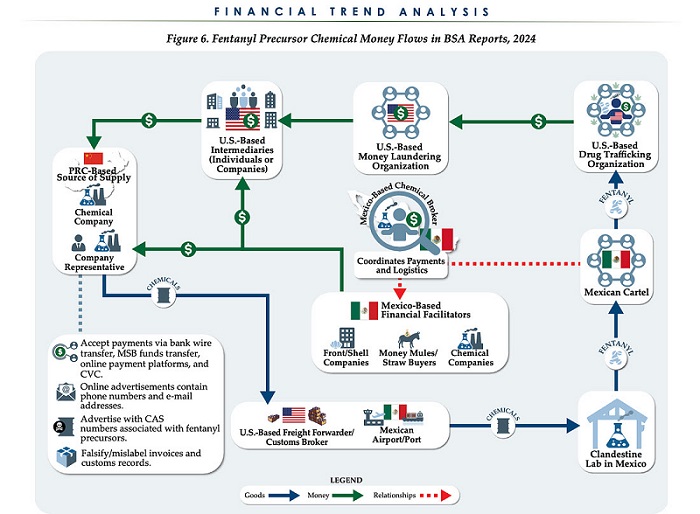
 Business2 days ago
Business2 days agoChina, Mexico, Canada Flagged in $1.4 Billion Fentanyl Trade by U.S. Financial Watchdog
-

 espionage2 days ago
espionage2 days agoEx-NYPD Cop Jailed in Beijing’s Transnational Repatriation Plot, Canada Remains Soft Target
-
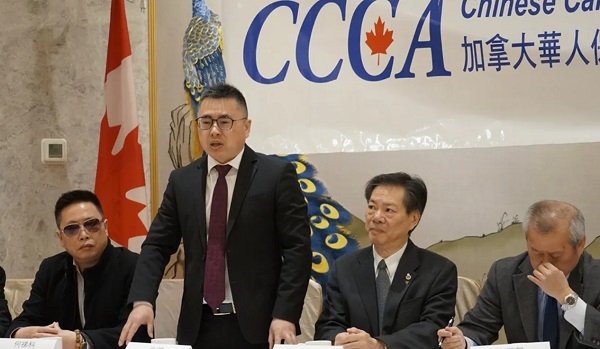
 2025 Federal Election2 days ago
2025 Federal Election2 days agoBREAKING from THE BUREAU: Pro-Beijing Group That Pushed Erin O’Toole’s Exit Warns Chinese Canadians to “Vote Carefully”
-

 Daily Caller2 days ago
Daily Caller2 days agoTrump Executive Orders ensure ‘Beautiful Clean’ Affordable Coal will continue to bolster US energy grid
-

 Daily Caller2 days ago
Daily Caller2 days agoDOJ Releases Dossier Of Deported Maryland Man’s Alleged MS-13 Gang Ties
-

 2025 Federal Election2 days ago
2025 Federal Election2 days agoAllegations of ethical misconduct by the Prime Minister and Government of Canada during the current federal election campaign
-
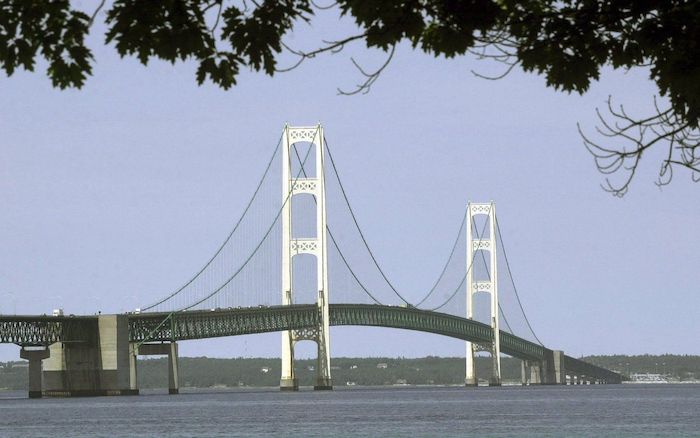
 Energy2 days ago
Energy2 days agoStraits of Mackinac Tunnel for Line 5 Pipeline to get “accelerated review”: US Army Corps of Engineers
-
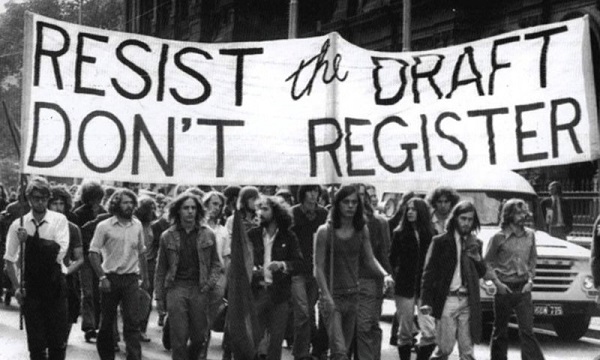
 Opinion2 days ago
Opinion2 days agoLeft Turn: How Viet Nam War Resisters Changed Canada’s Political Compass




